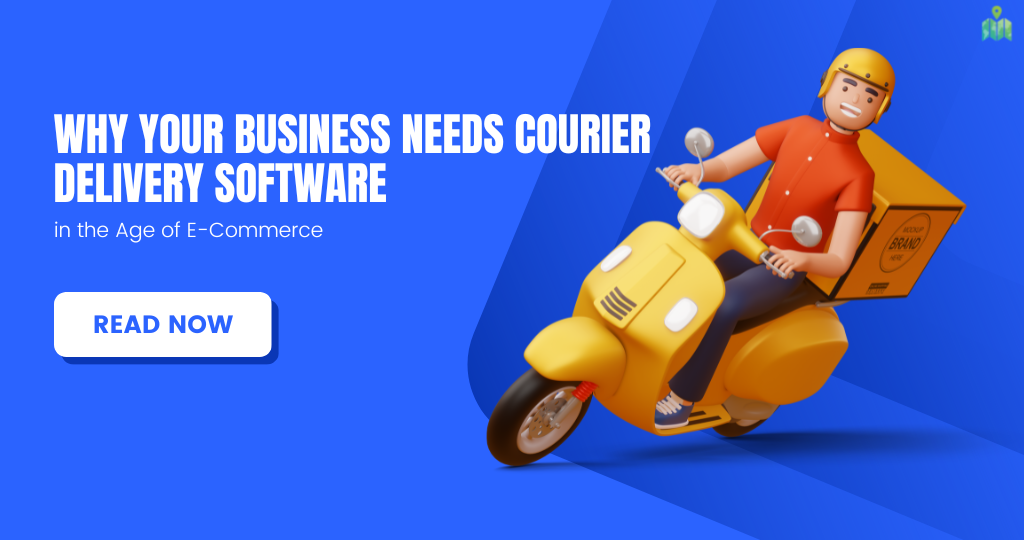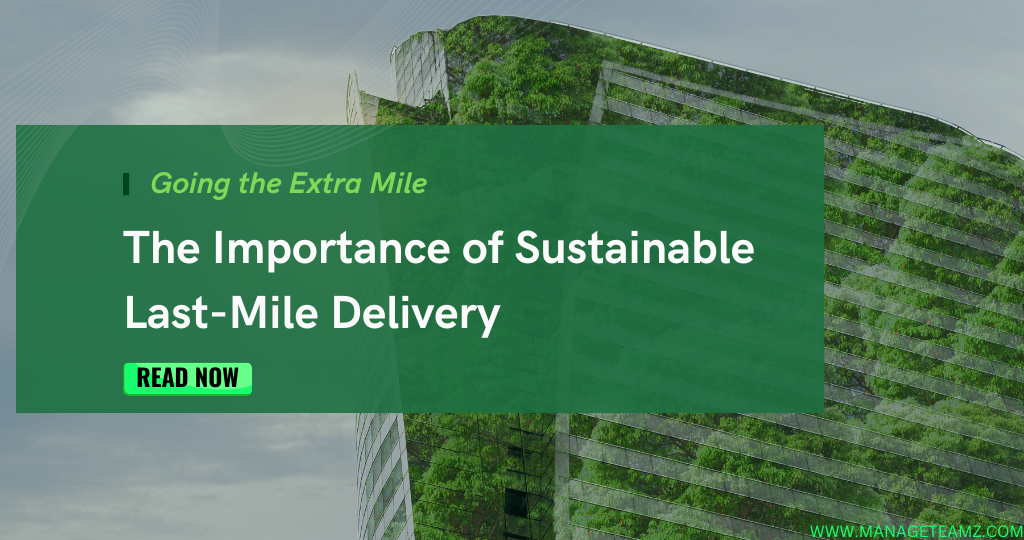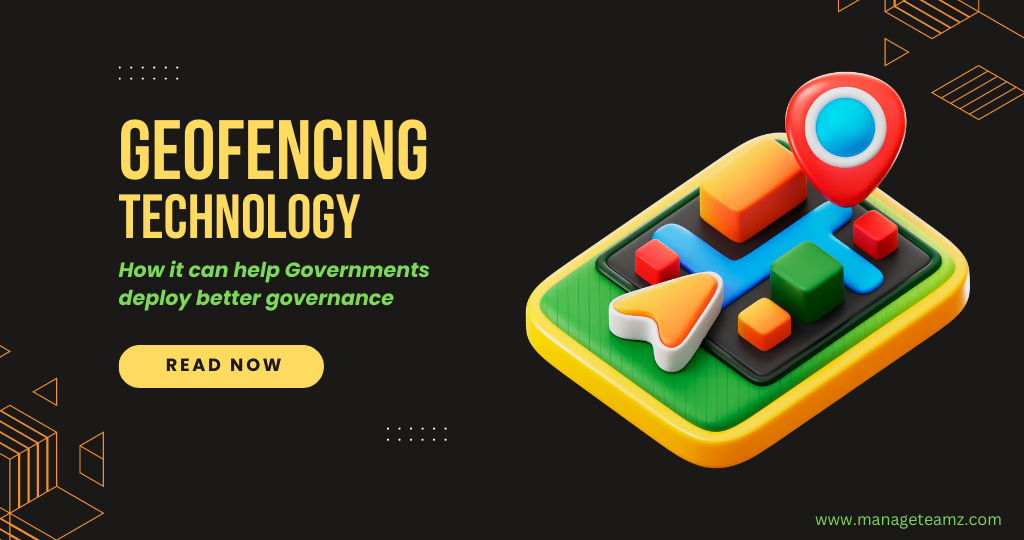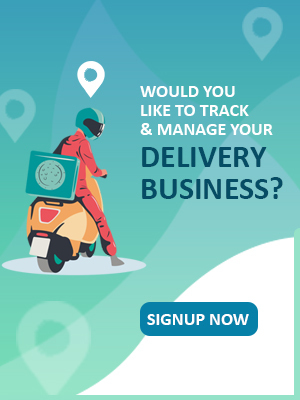How should a logistics management system be created? The likelihood of digital disruption affecting logistics rises as a result of how several industries tied to logistics, such as retail, are being transformed by digital technology. For instance, the growth of e-commerce has not only prompted but necessitated digital entrants in the last-mile delivery tracking software solutions space.
Digital transformation can be utilized to lower energy consumption and increase efficiency in the logistics sector – a sector that is characterized by substantial inefficiencies, such as the fact that half of the trucks or courier vehicles return empty on their return voyage. In short, measures for digital transformation must be prioritized by stakeholders in the logistics business.
By 2025, digital transformation will increase participants’ wealth by $1.5 trillion and benefit society by $2.4 trillion, according to analytics from the World Economic Forum.
The process of creating software products is not simple. Especially when discussing a sophisticated app development process with certain features, interconnected parts, and a significant amount of inbound and outbound data flow. Systems for managing logistics fall under this category.
We’ll go through a few key points to learn how to create a logistics management system that would help you gain absolute control in the last-mile delivery. After going over these topics, we’ll have a general roadmap for each significant stage of developing a logistics software.
What are First Mile and Last Mile Delivery Systems?
To put it simply, the first-mile delivery is the phase of the fulfillment and delivery process where products are moved from their point of origin to the first inventory hub. The flow of the delivery process is determined by first-mile delivery, and even a little setback might cause the fulfillment operation as a whole to fail.
But, last-mile delivery, which involves delivering the goods from the fulfillment center to the customer directly, is the last stage of the delivery process. Any delay in last-mile delivery can have a significant negative impact on costs overall by raising the likelihood of returns and lowering customer satisfaction.
First-Mile and Last-Mile Delivery Variations
1. First Mile Shipping Size
When it comes to first-mile and last-mile deliveries, the size of a shipment varies greatly. The packages are typically shipped in pallet-sized shipments for first-mile deliveries. Orders are immediately delivered to the customer from the fulfillment center in more manageable individual packages in the case of last-mile delivery.
2. Packaging
Last mile delivery companies may use branded packaging, but first mile delivery frequently uses unbranded packaging to send products to the warehouse because the packages are shipped in bulk. Unlike the first mile, last mile delivery packages include exact serial numbers, distinctive item barcodes, and invoices with client information for identification.
3. E-commerce Importance
E-commerce’s popularity has increased demand for both first and last-mile delivery tracking services. The last-mile service and the supplier communicate through the first-mile delivery system. The first-mile service is crucial to the fulfillment process, therefore any issues or delays there will have a direct impact on the e-commerce company.
The focus is mainly on the client in the case of the last-mile delivery software. As a result, ensuring customer happiness is the primary focus of last-mile operations. Any issues with last-mile delivery may increase the number of returns, cancellations, and unsuccessful deliveries, adding to the cost for the online retailer.
4. Cost
Due to the numerous processes necessary to give top-notch service and satisfy consumer expectations, last-mile delivery accounts for more than half of the logistics and supply chain management expenditures. For last-mile services to maintain client satisfaction, creative solutions are required. But, the costs are partly a result of the industry’s difficulties.
Thus, cutting expenses is essential to preserving profitability in last-mile deliveries.
Yet, due to its much simpler procedures, first-mile delivery is significantly less expensive than last-mile delivery.
5. Visibility
Consumers receive complete visibility during last-mile delivery services. Consumers receive ongoing updates and notifications regarding their deliveries through real-time tracking and GPS services. On the other hand, first-mile delivery has a sizable problem due to a lack of visibility. Due to the fact that it is famously deemed unnecessary, ineffective package tracking from the manufacturer to the warehouse is the main source of poor visibility in the first-mile industry.
First Mile Delivery Optimization through Last Mile Delivery Learning
The two phases are not entirely distinct even though they are at opposite ends of the the supply chain. Applying the knowledge gained from last-mile optimization to the first mile is a fantastic place to start because most firms are more familiar with last-mile optimization than first-mile delivery optimization. You’ll observe that there are many similarities between these steps.
- The first resemblance is the most obvious one. Both the first mile and the last mile delivery system are processes that call for the swift and precise transportation of goods from one location to another.
- The second point is that cost effectiveness is crucial. Whether it occurs at the start or the finish of the process shouldn’t matter. To avoid squandering money on either process, both should work to maximize their efficiency.
- The third similarity is that both procedures can gain from lowering human error. The majority of faults and delays that arise throughout the fulfillment process are caused by human error, which is one of the biggest logistical problems. At every stage of the process, from the first to the last mile delivery platform, reducing human error can be accomplished by streamlining workflows and utilizing automation.
The benefits you receive from optimizing each stage are incomparable. Ultimately, optimization is about having more fulfillment for every dollar spent. If you can cut fulfillment costs, you can raise profits or boost sales and competition by lowering pricing elsewhere.
While first mile and last-mile have similar goals and might help your company in comparable ways, they aren’t the same. The manner and location of optimization are significantly different between the two. In order for orders to efficiently go from your warehouses to your customers, last-mile optimization focuses more on fostering a positive relationship between the manufacturer and the logistics partners. Coordination of all parties engaged in production, from raw materials to processing to packaging, is more what first-mile delivery optimization is about. A logistics network connecting each of these entities is also necessary so that finished goods may go to your warehouses and stores seamlessly.
First mile tracking is more about getting things together from various sources at a centralized place, whereas the last mile often involves centralized products being dispersed out and distributed to numerous areas.
Top 4 First-Mile Delivery Operational Issues and the Impact of First-Mile Tracking Systems
1. Lack of Attention to the First-Mile Experience
Companies have come to understand the value of last-mile delivery in terms of offering a wonderful customer experience throughout the years. Due to the fact that there are fewer stakeholders and no customers involved in this process, the first mile tracking has been casually overlooked. First-mile operations should receive the same attention as other aspects of the supply chain, such as the requirement to give customers complete transparency of the delivery process and to reduce logistics costs. This makes it necessary for businesses to adopt reliable last mile carrier tracking like tools in the first mile, which could effectively reduce first-mile costs and guarantee complete visibility of delivery operations.
2. Ineffective Labeling Methods
Labeling is a minor but crucial component of first-mile delivery. Many companies still manually label packages today. As a result, not all needed fields are mentioned in packages, which causes dispatching to be ineffective and prone to delays. This problem is rapidly solved by automating dispatching, a crucial component of last-mile tracking technology.
3. Inadequate Packaging
Packaging frequently suffers as a result of the rush to supply quickly. Regardless of the type of item a container contains, businesses frequently employ standard packaging materials. This delays the entire first mile last mile transportation process and results in material damage in the first mile alone. So, making use of cutting-edge delivery tools that enable companies to take better control of material handling is crucial.
4. Lack of exposure
A significant issue that ultimately affects not only mid-mile but also last-mile procedures and the end-user experience is poor visibility of first-mile operations. Poor handling, en route delays, ineffective tracking of goods moving from a warehouse to a hub, and other factors are some of the main consequences of low visibility.
First-Mile Logistics Optimization
Automating procedures is the secret to first-mile logistics optimization. With the correct technology, expenses can be transformed into capital for expansion. In the last mile logistics of the supply chain, efficient first-mile activities speed up truck loading and delivery times.
Savvy manufacturers take advantage of every chance to evaluate logistics and look for ways to hasten the delivery of their goods to customers. They inter logistically compile data from several operations phases. This could result in their being able to sell their goods for less, giving them an advantage over competitors.
A review of the workforce’s tasks can provide information about how to switch some of the human tasks to automated ones. This results in operational savings and contributes to increased employee satisfaction because giving them new, challenging duties can be perceived as a promotion. Moreover, this might reduce high turnover rates.
Conclusion
First-mile activities are crucial to creating a solid foundation since they are the first stage. Customers who received their things on time and in excellent shape are happy consumers as shown in the last mile delivery management software. But that’s the power of first mile logistics optimization. When standards are poor or uneven, customers leave. There is too much competition to overlook even minor errors that might be preventing your company from expanding. Organizations in manufacturing, logistics, and consumer goods are being pushed to adopt more agile and efficient first mile supply chain models employing real-time supply chain visibility as a result of a growing need to cut out needless supply chain operating costs.
The key to cutting transit times and providing the finest service and reliability while still keeping costs low is choosing the perfect combination of the right lane, the right carrier, and the right time for dispatch. There are currently a number of cloud-based first mile supply chain tracking and analytics solutions that can be used to assist in achieving this goal while minimizing the need for complicated, pricey, and potentially disruptive adjustments during the first installation. Last mile carrier tracking, cutting-edge analytics, and a constellation of mobile devices may work together to improve supply chain visibility, end-to-end tracking, customer service, and most significantly, cost management.
ManageTeamz is a leading delivery software service company which is concentrating on the complete fulfillment process. You shouldn’t be concerned if optimizing the last mile was already challenging and the first mile sounds daunting. We work on every stage of the fulfillment process and are experts at determining which solutions work best for your company and your goals.
Like what you’re reading?
Get on a free consultative call with our team of industry experts to explore the possibilities on the subject.






